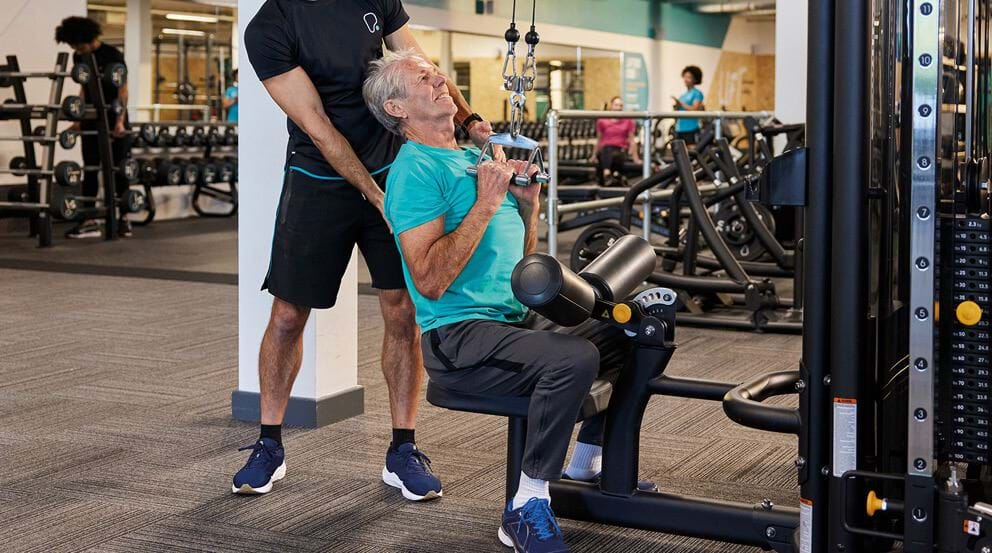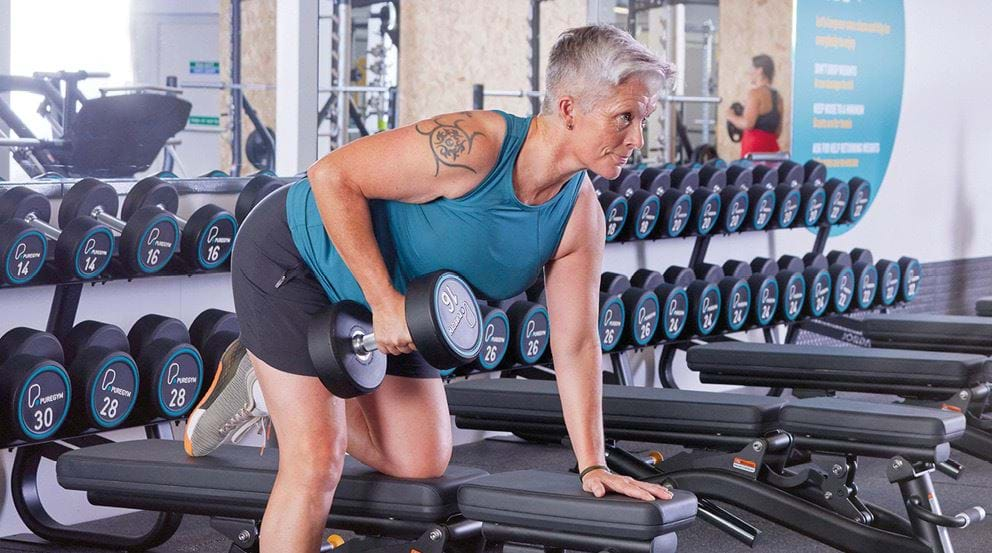Resistance Training for Seniors: A Complete Guide to Safe and Effective Workouts
Resistance training offers crucial health benefits for seniors, helping maintain strength, balance, and independence as they age. Here's a comprehensive guide to safe and effective resistance training for older adults.

Senior using resistance training equipment
Key Benefits for Seniors:
- Prevents muscle loss and maintains strength
- Improves bone density and reduces osteoporosis risk
- Enhances balance and coordination, preventing falls
- Increases energy levels and boosts mood
- Helps maintain healthy weight
- Supports daily activities and independence
Three Effective Workout Plans:
- Low Impact Resistance Plan (20-25 minutes)
- Wall push-ups: 10-15 reps
- Resistance band bicep curls: 12-15 reps
- Side-lying leg lifts: 12 reps per side
- Seated calf raises: 15-20 reps
- Bird dog (modified): 10 reps per side
- Full Body Resistance Plan (25 minutes)
- Seated chest press: 12-15 reps
- Seated row: 12 reps
- Leg extension: 12 reps per leg
- Hip abduction: 15 reps
- Seated overhead press: 12-15 reps
- Fully Seated Plan (20-25 minutes)
- Seated shoulder press: 12 reps
- Seated side twists: 10 reps per side
- Seated leg press: 12 reps per leg
- Seated bicep curls: 12 reps
- Seated back rows: 12 reps
- Seated calf raises: 15-20 reps
Getting Started:
- Consult healthcare provider if you have health concerns
- Start with light weights or resistance bands
- Perform 1-2 sets of 8-12 repetitions
- Exercise 2-3 times per week
- Focus on proper form and controlled movements
- Always warm up and cool down
Progression Tips:
- Master proper form before increasing difficulty
- Gradually increase weights or resistance
- Add more repetitions or sets
- Consider advancing to free weights or machines when ready

Man stretches green resistance band

Two women training for Hyrox competition

Woman doing barbell squats in gym
